Mold can affect your health and cause respiratory problems. Want to know if you can put Drylok over mold? You're in luck! We've researched this topic extensively to help you with this matter.
You can temporarily cover up mold with Drylok, but this won't fix the problem on its own. If mold is not properly treated, it will eventually reappear and cause the same issues as before.
In this article, we'll delve deeper into the uses of Drylok products. Especially their effects on mold. We're also going to share how to properly apply the Drylok. What to do before applying it and more. So keep on reading for more information.
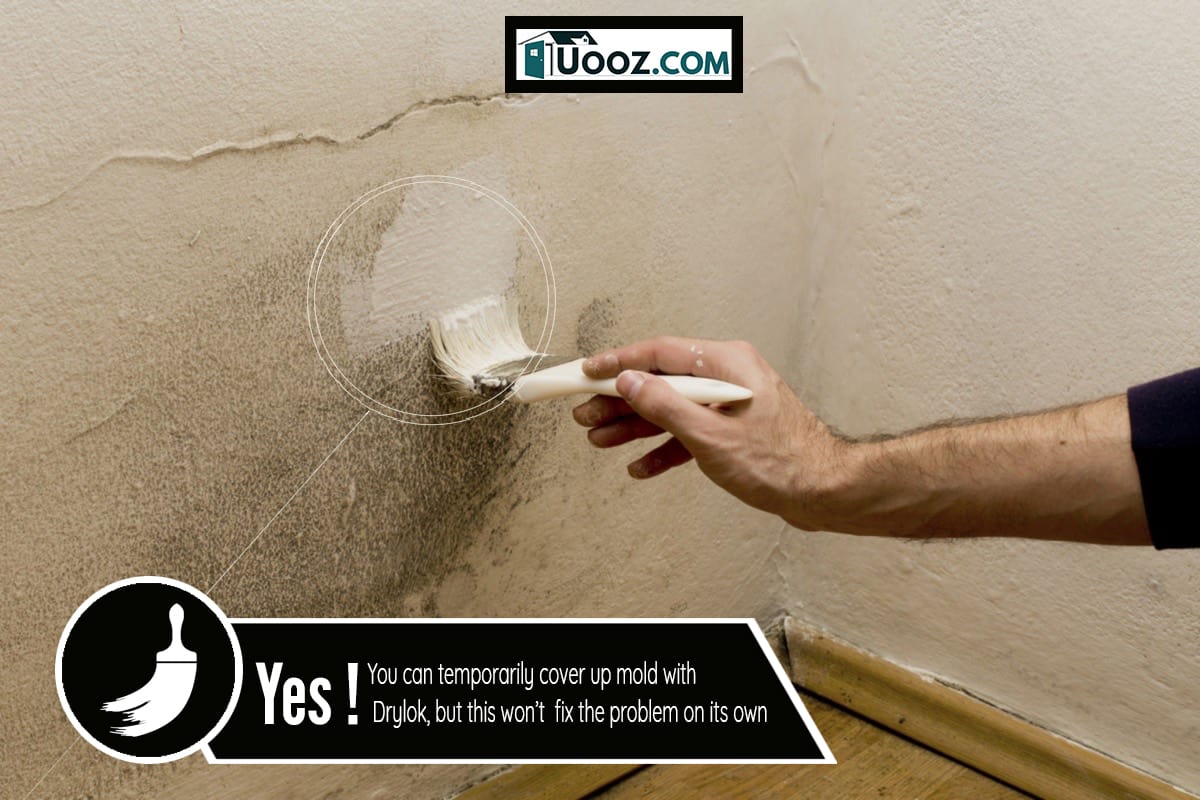
What Is Drylok?
Drylok is a waterproof sealant that you can apply to indoor and outdoor surfaces. It works great on various surfaces, including wood, brick, and concrete.
When applied correctly, Drylok will provide a waterproof barrier that will stop moisture from penetrating the surface's pores and cracks. This will assist in preventing mold, mildew, and water damage to your home. Applying Drylok can be done with a brush, roller, or sprayer.
It is available in latex- and oil-based formulas. Additionally, clear and colored versions of Drylok are offered. The tinted product can be used to give the surface a little touch of color while still acting as a waterproof barrier.
What Leads to Mold Inside the House?
Mold is a kind of fungus made up of tiny organisms that can be found almost anywhere. Although it has been known to manifest as white, orange, green, or purple spots, it typically manifests as black, gray, or brown spots.
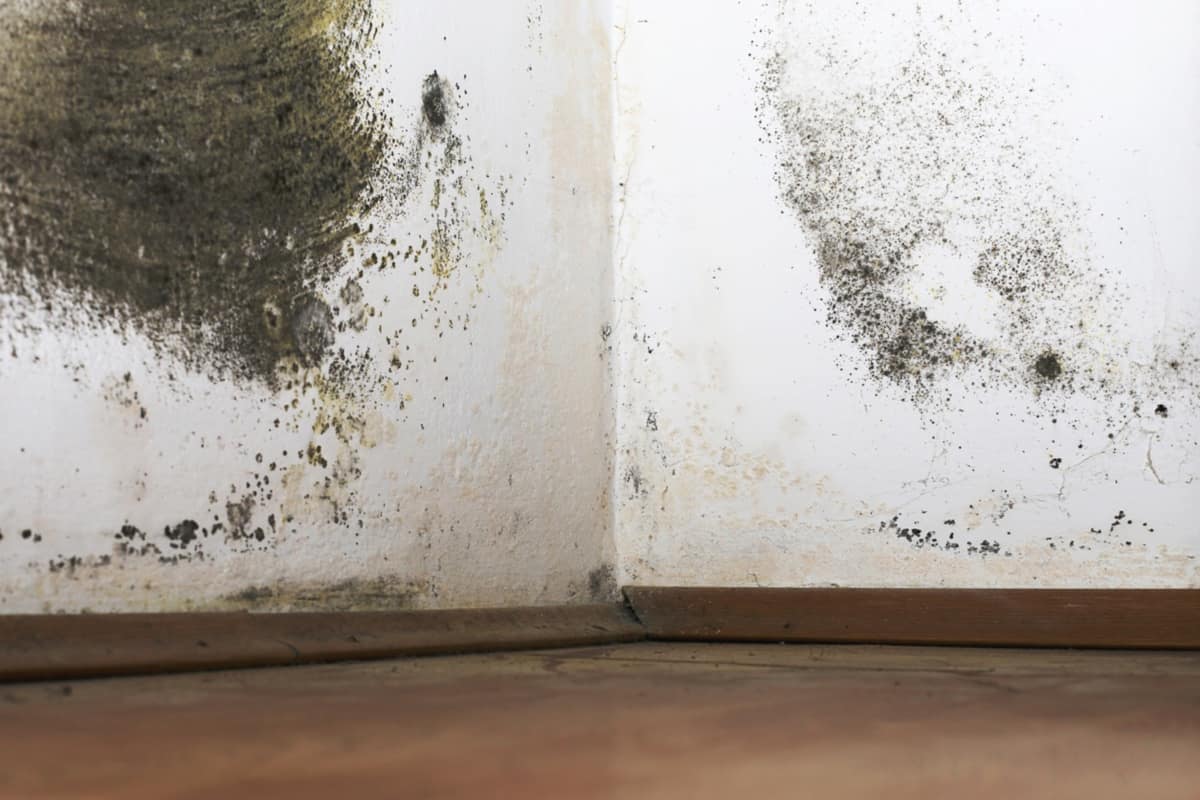
The following are causes that lead molds into your house.
High Humidity
Mold can appear in areas with high humidity levels, such as bathrooms, basements, or kitchens. Homes with high humidity levels and inadequate fresh air circulation may eventually experience mold issues in those areas.
Installing bathroom vents that open to the outside, changing the air filters in furnaces and/or air conditioners at recommended intervals, and even slightly opening windows to let some fresh air circulate through the room can help prevent mold buildup. Additionally, make sure any washers and dryers in any basement or laundry room have the proper ventilation set up.
High Level Of Moisture
The presence of bubbling, peeling, or cracked paint is typically a sign that excessive moisture is present and that immediate action is required. The paint itself is not a cause of mold or mildew.
Finding the problem's origin will help identify potential causes of moisture, and the faster the problem's source is identified, the quicker you can find a solution.
Water Leaks
Mold is typically brought on by water leaks where the water seeps into the drywall of the ceiling or walls and is left to sit and soak into the drywall for a long time.
Leaks are typically brought on by leaking toilets, bathtubs, sinks, faucets, roofs, and water damage from floods. It is crucial to identify the water damage that caused the mold and address it before it causes damage to your house and your health.
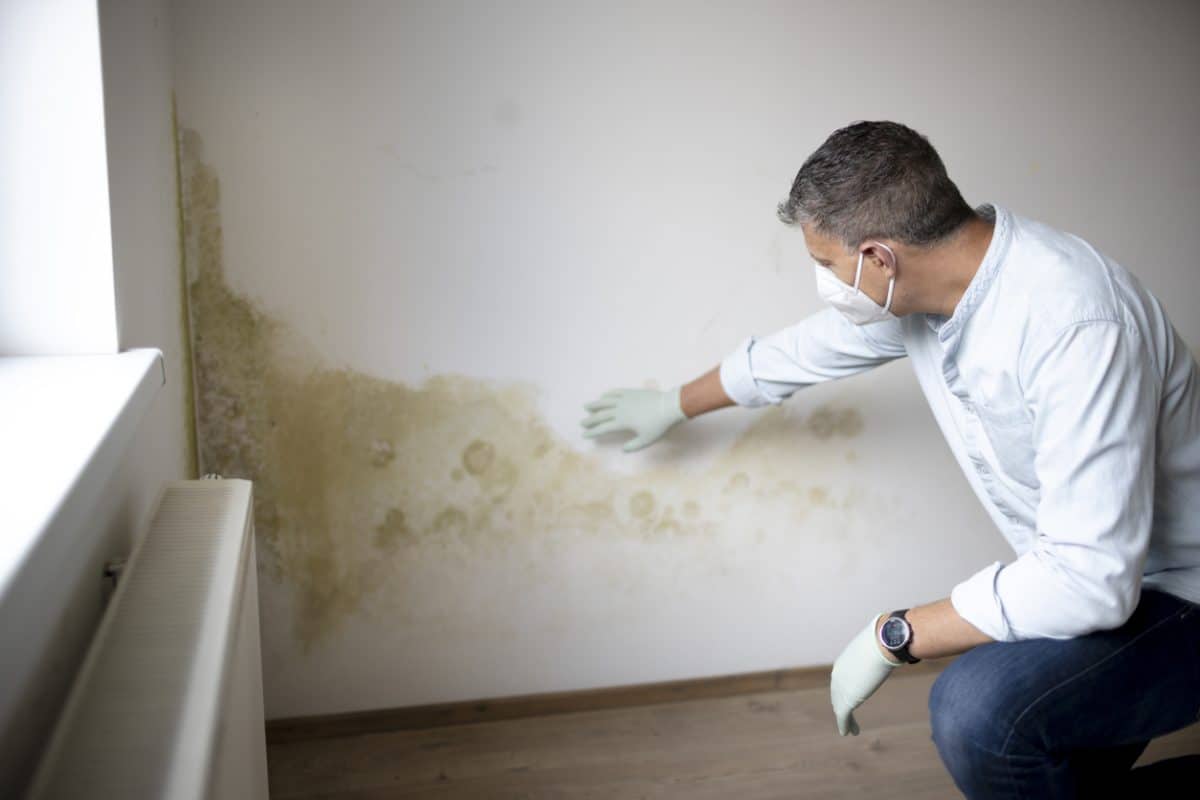
Can You Put Drylok Over Mold?
Mold cannot be removed by simply painting over it. It is a quick fix to hide the unsightly stains, but it won't address the root of the problem. If you paint over mold, the paint will bubble, peel, and chip as a sign that the mold is still developing underneath.
The problem won't be resolved by painting over it. It will only be temporarily concealed. Then, you should therefore address the issue at its root.
There are efficient techniques to eliminate the stains left behind once the problem's source has been located. Since you cannot eliminate it by using water-resistant paints and primers like Drylok alone, you must first identify the source of the moisture.
It's crucial to note that paint cannot eradicate mold, nor can it eliminate the moisture source. If the problem in your home that is accumulating moisture and causing mold does not get fixed, it will find a way to spread to other areas of the house.
After eliminating the stains, Drylok will prevent any additional moisture from reaching the surface and encourage mold growth.
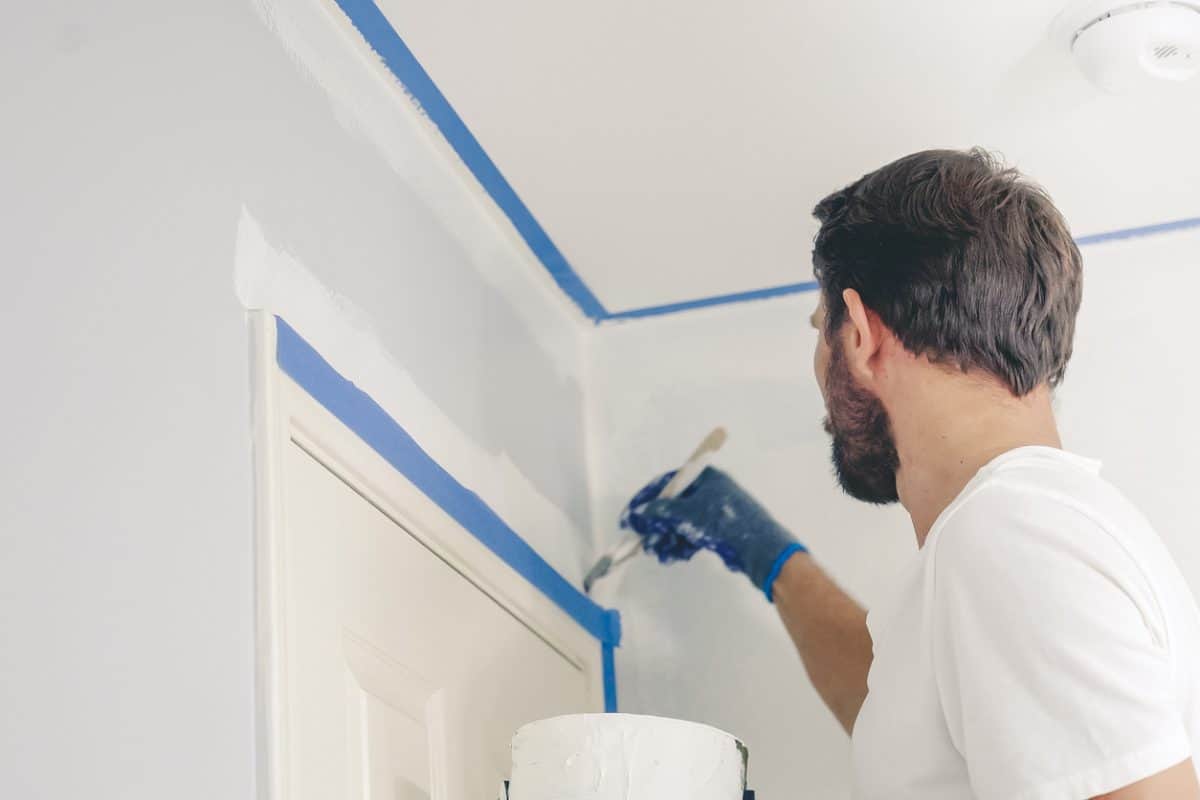
How To Kill Mold Before DryLok?
You must completely clean the surface, especially with the mold you're going to paint. Most of the time, mold removal alone won't stop it from returning. You also need to kill the mold. You can use several techniques to get rid of mold, including:
1. Scrub Any Visible Mold
Federal agencies no longer advise using bleach to remove any visible discoloration as the first step in the mold control process. Instead, they advise scrubbing with a water and detergent mixture.
Click here to see this detergent powder on Amazon.
If you're working outside, a power washer's water pressure can take the place of detergent, but you better use a unit that automatically mixes detergent into the spray just to be safe. Remember, this is just one step in the procedure. Even though the discoloration may be gone, mold can come back if you don't get rid of it, ruining your paint job.
2. Apply Penetrating Disinfectant
If a mold colony's discoloration is already the tip of the iceberg, this will show that the wood or painted surface contains spores that can reappear. Some types of paints are food for some mold species. So even if you don't see any visible signs of active mold before painting, it can still grow and stain fresh paint.
If you want to stop the growth of mold and mildew, you need a cleaner that can kill mold and penetrate deeply into porous surfaces. Due to the high surface tension created by the structure of bleach's molecules, it cannot penetrate.
3. Apply Natural Disinfecting Cleaner
Borax, as a natural disinfecting cleaner, kills mold and remains on the surface to stop it from sprouting again. Scrub the surface with a solution of 1 cup of borax and 1 gallon of water, then let it air dry. Rinsing is unnecessary because a thin layer of borax acts as protection against the growth of mold.
Click here to see this borax on Amazon.
Add 1 cup of vinegar, which also eliminates mold, to the disinfectant mixture to increase its potency. Several commercial disinfecting products can be used for spraying or scrubbing.
Click here to see this vinegar on Amazon.
However, bleach-containing products should only be used on non-porous surfaces unless they also contain a surfactant that will enable the bleach to penetrate the surface.
How To Apply Drylok?
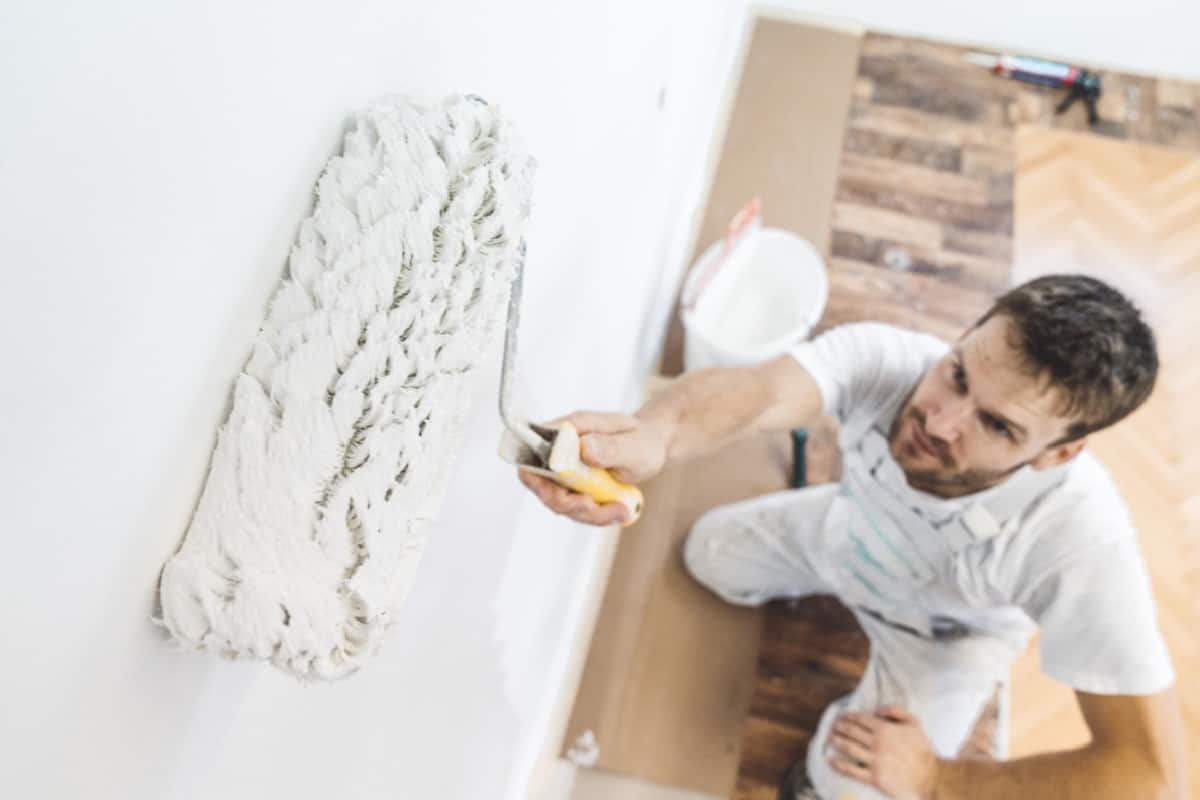
Even if a product is the best of its kind and amazing, the improper application will render it useless. You can correctly apply Drylok to experience better results by following the steps listed below.
1. Prepare The Surface Of The Working Area
Put on safety eyewear and a face mask before starting any prep work to protect your eyes and respiratory system from any abrasive materials released during cleaning.
Click here to see this eyewear on Amazon.
Additionally, make sure the space where you're working has sufficient ventilation and good airflow. This is essential if you're working in a basement.
Click here to see this face mask on Amazon.
Preparing the surface is a crucial first step in any painting project. To remove any loose or damaged mortar, dust, mold, dirt, or efflorescence, thoroughly scrub the surfaces that will be painted with a wire brush.
2. Seal Holes And Joints
Look for any gaps, cracks, holes, or joints that need to be sealed on the walls you plan to waterproof. Then, using Drylok Fast Plug, fill these cracks and holes. The hydraulic cement in this product sets up quickly and can be used to patch holes even if water is still running through them.
Click here to see this Drylok Fast Plug on Amazon.
The area that needs to be patched needs to be wet down and chiseled out into the shape of an inverted "V" before filling the holes. This will help the patch adhere to the surface and the Drylok Fast Plug to cure properly. Only mix enough for use in 3 to 5 minutes because this material dries quickly.
Clean the area, wet it down, and fill all of these gaps with Drylok Fast Plug to seal any floor or wall joints. It will take this product about 3 minutes to set.
3. Apply Drylok Masonry Waterproofer
Make sure the surface and air temperature are above 50°F after the walls have been properly prepared, as Drylok advises. For best results, wait for a day without rain and give the product a good stir both before and during application.
Click here to see this Drylok Masonry Waterproofer on Amazon.
4. Applying Drylok's Second and Final Coat
This heavy masonry paint shouldn't be applied like regular paint because it's made to act as a waterproof barrier. Before beginning the second coat, be sure to take your time filling in all the surface pores and voids as you apply the paint.
To ensure effective waterproofing, two coats are required. Follow the manufacturer's recommendations to give each coat ample time to dry. You can then use a thick, fuzzy-nap roller to brush on the second and final coat.
Conclusion
Although Drylok is made to prevent water from seeping into foundation walls, it cannot get rid of mold or mildew that has already grown there. Seal any water leaks to avoid mold damage. Also, repair any damaged areas to stop mold growth from occurring again.
Ignoring the primary cause of where and why the moisture is occurring won't stop it from happening again. Instead of just painting over the issue, find the source of any water leaks and fix them to ensure a long-lasting solution that will eliminate the mold issue.
Check out some of our interesting topics below.







